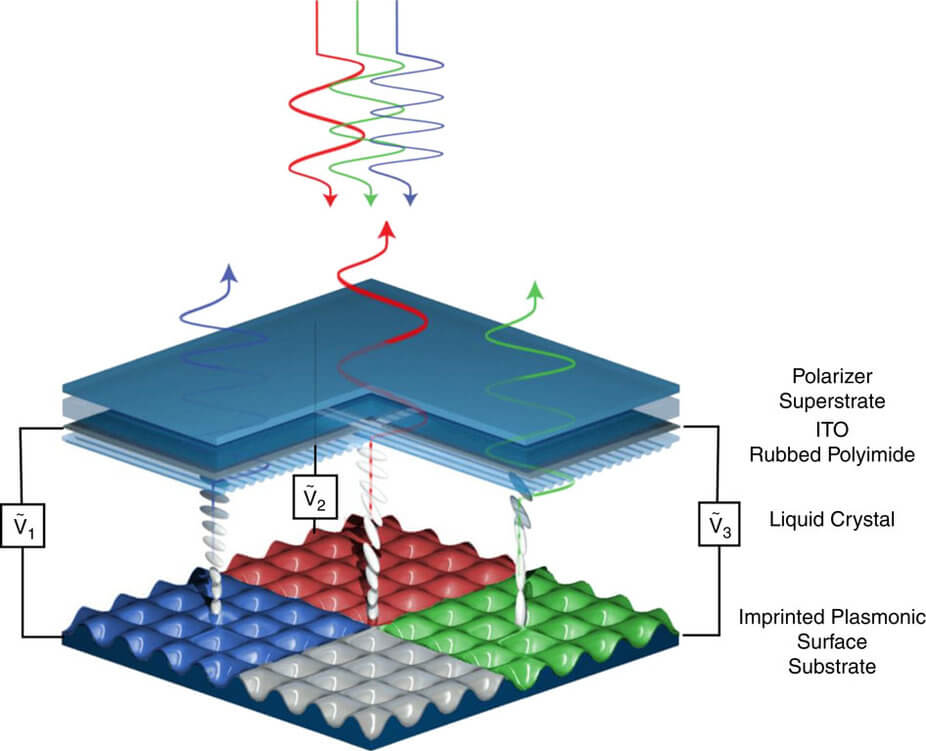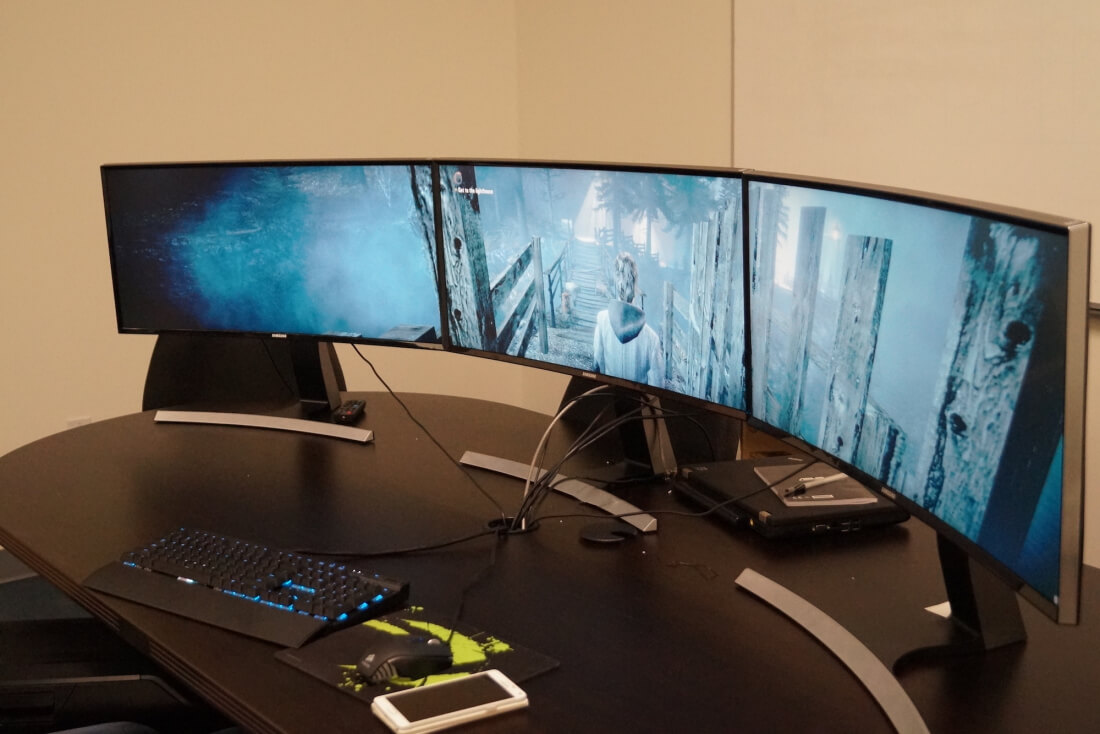Researchers at the University of Central Florida have come up with a technique to squeeze three times the resolution out of a standard LCD monitor. According to the research, which was published in Nature Communications, the technology alters the way that voltage is sent through the display.
Currently, each pixel on an LCD screen is colored according to how three subpixels are lit. Each subpixel is either red, green, or blue. The researchers have shown that they can morph these subpixels such that each one can display a full range of color. This trick effectively triples the number of pixels on the screen.
The technique is more than just tweaking the voltages to each pixel though. Debashis Chanda, head of the research study explained to Digital Trends that it is a combination of factors that allow each pixel to display any color.
"This is the first demonstration of a color display based on a single pixel. One pixel can tune from red to green to blue, unlike other displays where three pixels are needed, resulting in an unprecedented 200 percent improvement in display resolution. This is accomplished through a surface morphology-induced, polarization-dependent plasmonic resonance, and a combination of bulk and surface liquid crystal effects that manifest at different applied voltages."

While it sounds like something that is years from being practical, the team insisted that the technique can be used on current display technology. No additional hardware or modification is required other than updating the firmware with new software.
There is no word on when the technology will be made available to display manufacturers. However, the team is working on further developing the technology for future commercial application.
Pixel Diagram by Nature Communications
